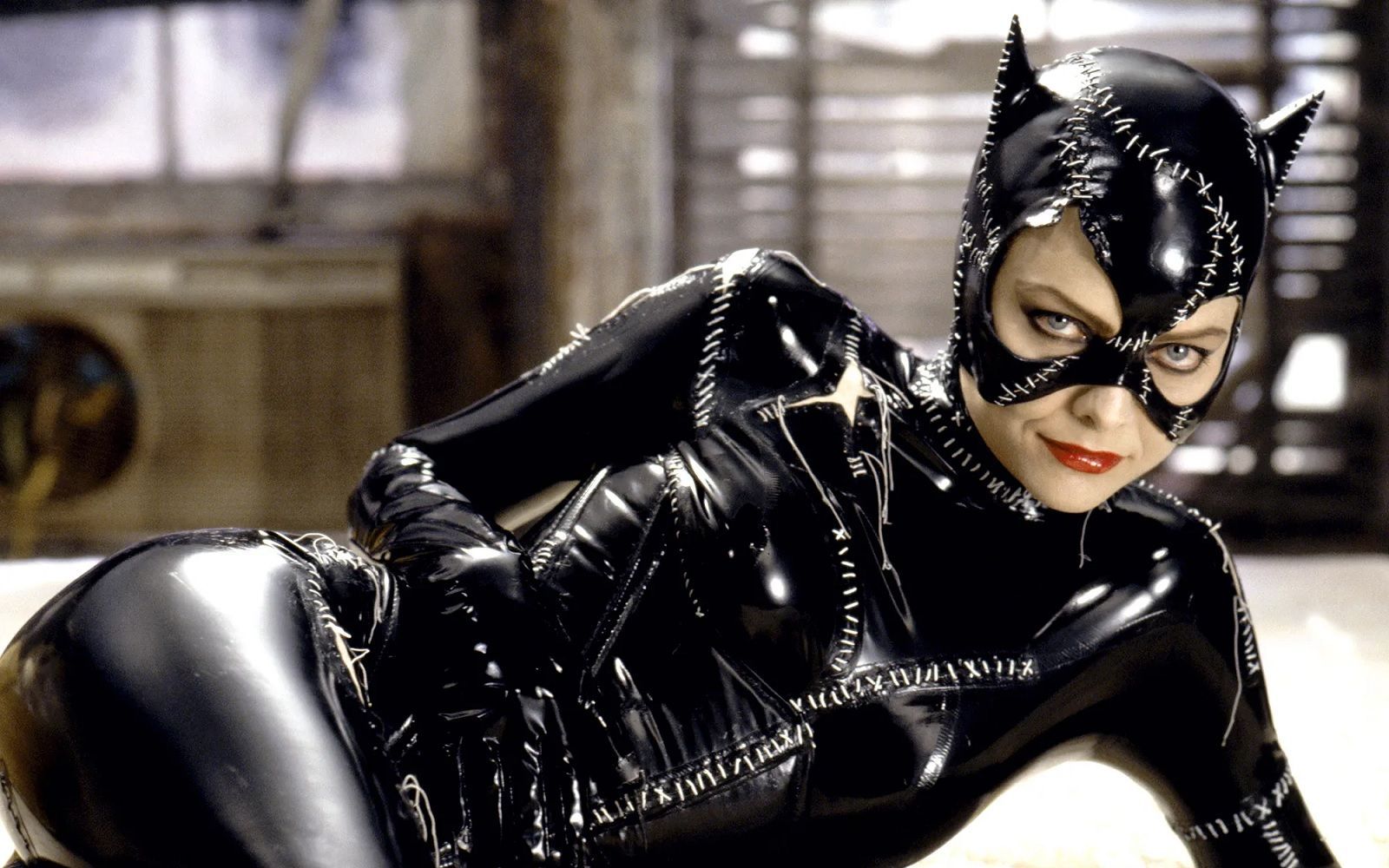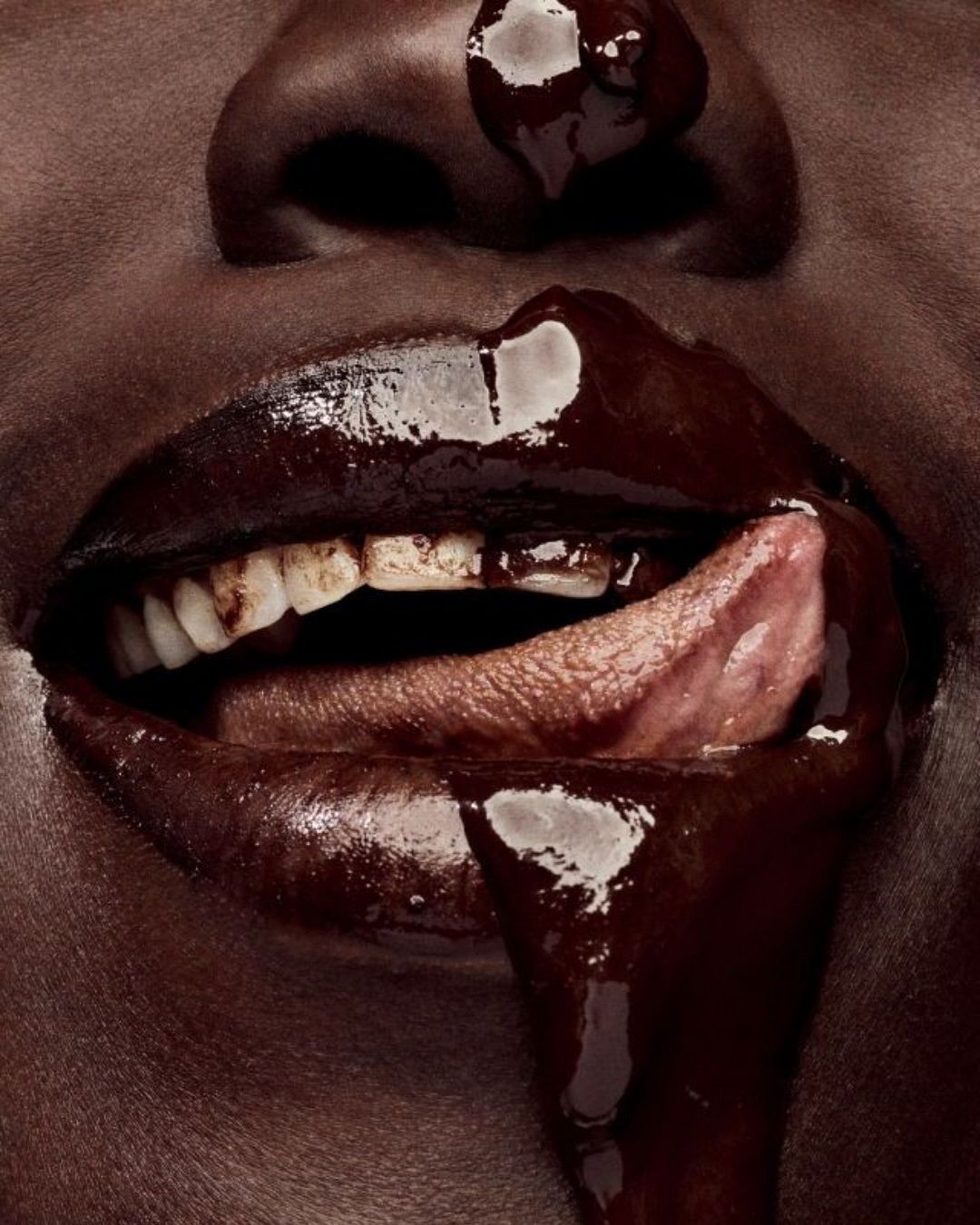
The evolution of Catwoman on screen How the character has changed since her debut in the DC Comics through the interpretations of all the actresses who have brought her to life on movies and TV
Catwoman is the coolest character in Gotham City. So much so that she is one of the few villains, male or female, interesting and popular enough to have her own comic book series. Born from the imagination of Bill Finger and Bob Kane, she first appeared in the first issue of Batman in 1940, as the charming thief known only as The Cat whom the Dark Knight lets escape. Since then, the femme fatale drawn as an explosive mix of Jean Harlow, Hedy Lamarr and Ruth Steele has lived well over nine lives, constantly being reborn and redefined by different writers depending on the era. She has been portrayed as a flight attendant who had lost her memory after surviving a plane crash, the daughter of one of the underworld's bosses, a wife on the run from an abusive husband, an environmental secretary, a prostitute killed by her pimp, a superhero, ... The most common storyline describes her as Selina Kyle, an orphan with a dark and unfortunate past who starts as a thief to survive and ends up embodying an abused woman forced to die in order to reinvent herself and follow a path of personal emancipation through her alter ego. Her background changes, her relationship with Batman/Bruce Wayne changes and her look also changes. Forget the tight black jumpsuit in which she moves feline, for a long time her uniform is a purple dress with a green cape. Her most iconic outfit will be released decades after her birth, thanks to her television debut and the great popularity that comes with it.
The first actress to bring the curvaceous Vixen from DC Comics to the screen was Julie Newmar in a 1960s show that was more like a surreal slapstick comedy than a real TV series. For two TV seasons, she stood out among the antagonists of the man-bat thanks to an outfit somewhere between pin-up, bond girl and disco diva: a black jumpsuit with a vaguely glittery effect, accessorized with a belt, maxi golden necklace and a small mask that covered part of her face, including her artfully dishevelled eyebrows. The feline details? A pair of black gloves with long gold nails and a pair of small cat ears sticking out from her voluminous hairstyle. The look was almost identical to the one Lee Meriwether sported in the 1966 film adaptation Batman: The Movie. Thanks to Julie and Lee, Catwoman suddenly became famous also outside the comics world and started wearing the jumpsuit (at least on screen) as her official costume. The last actress to play the lethal cat lover, before Camren Bicondova's young Selina in Gotham, was Eartha Kitt, the first African-American actress to play Catwoman. A dancer, singer and actress, for Orson Welles she was ''the most exciting woman in the world''; for Afro-Americans she was one of the few performers to have broken ''Hollywood's colour barrier''; and for mainstream audiences she was the perfect embodiment of the archetypal Catwoman who combines sensuality with self-confidence and uses beauty as a weapon.
For most of her existence, Catwoman has been drawn and narrated by men. This male gaze has shaped her character and aesthetics: beautiful, cunning, mischievous, endowed with an elastic, agile body, she has a charm as seductive as it is lethal and her clothes become more skimpy and tighter in direct correlation with the contemporary public's tolerance for skin and sex. This is well explained by Tim Hanley in The Many Lives of Catwoman: The Felonious History of a Feline Fatale who, while exploring every single phase of the DC Comics villain's multifaceted existence, points out that this objectified sexpot treatment of men begins to crack thanks to Michelle Pfeiffer's Catwoman in Batman Returns. It was in the 1990s, the time of the rise of the riot grrl movement, when the Californian actress appeared on the big screen directed by Tim Burton and, with a dark and at times grotesque performance, gave soul, depth and empowerment to Catwoman. Her character is a woman divided in two: on the one hand there is Selina, the fragile secretary who is killed by her shady boss; on the other there is the anti-heroine in a vinyl jumpsuit, a dominatrix in bondage style with a whip as her favourite weapon. This duality tears her apart both inside and out. It is no coincidence, in fact, that costume designers Mary Vogt and Bob Ringwood dress her in outfits with visible seams that hold together a Frankenstein made of contrasting emotions and tear more and more as her character implodes during the film.
From 1992 until today, Michelle Pfeiffer's Catwoman remains the most iconic. Those who have tried to beat her have so far always failed. In 2004, Halle Berry starred in the film Catwoman, which was a box-office flop and won her the Razzie Award for Worst Actress that year. She was penalized by a bad script and a somewhat kitschy, amateurish costume consisting of a padded bra, ripped low-waisted trousers with a cat scratch effect, long gloves and a mask over her face. In 2011 it was Anne Hathaway's turn in The Dark Knight Rises. In the latest chapter of the Batman trilogy directed by Christopher Nolan, the actress is a sophisticated woman who dresses elegantly, flirts with Bruce Wayne and hides high-tech gadgets in her costume.
Since her creation in the 1940s, Catwoman has been through countless reboots and rebrands, remaining a remarkably inconsistent yet unique and iconic character. To step into her shoes is a challenge that many actresses would have liked to take on. The burden and the honour now falls to Zoë Kravitz in The Batman, a new reinterpretation of the Dark Knight who stars Robert Pattinson and arrives in cinemas these days. The film promises to be a dark thriller, with a Kurt Cobain-inspired Gotham City masked vigilante who is fragile, rebellious and addicted to revenge like a drug. Curiosity is sky-high for Pattinson's performance, but also for Kravitz's one. So far we know that her Catwoman is bisexual, super athletic and chameleon-like, ready to change her hairstyle and wear a minimal leather jumpsuit and ally herself with Batman to find those responsible for the death of her friend Anika. As Selina, on the other hand, she alternates between basic pieces and fetish-chic looks created for her by costume designer Jacqueline Durran. Becoming Catwoman was a kind of empowerment for Zoë:
"So I had to be strong. I got stronger than I’ve ever been. That felt good, to see what I was capable of. I felt confident and I could kick some ass."
If you want to find out the rest, watch the movie.
























































